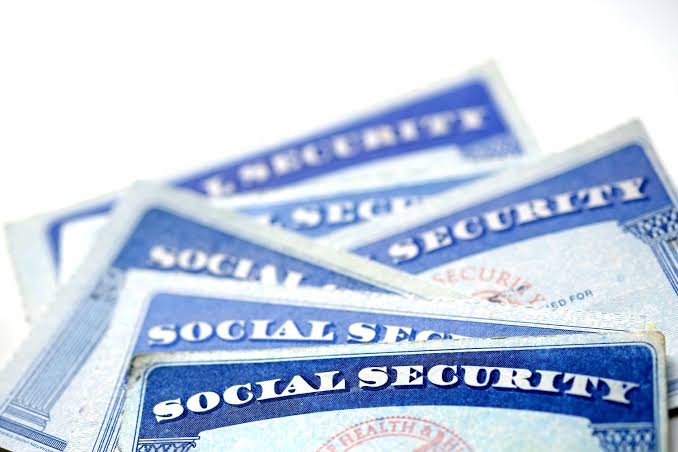Social Security is getting a major update this June—and if you receive benefits, it could mean more money, fewer restrictions, and some unexpected surprises. From larger checks and early SSI payments to a long-overdue repeal of controversial rules, these changes could impact millions of Americans. Whether you’re already retired, still working, or receiving disability income, it’s important to understand what’s new so you’re not caught off guard this summer.
Monthly Payments Are Bigger Than Ever
For the first time in history, the average monthly Social Security retirement check has crossed the $2,000 mark. As of April 2025, retirees are receiving an average of $1,999.97, up from $1,980 earlier in the year.
This bump is thanks to the 2.5% cost-of-living adjustment (COLA) that went into effect in January 2025, designed to help seniors and other recipients keep pace with rising prices. While the increase may not seem dramatic at first glance, it’s still a meaningful boost during a time when the cost of food, housing, and medical care remains high.
Maximum Benefits Now Exceed $5,100
Those at the top of the earnings scale are seeing even bigger gains. The maximum possible monthly Social Security benefit in 2025 has risen to $5,108—a result of the COLA combined with increased wage indexing.
To qualify for this amount, a person would have needed to earn the maximum taxable income (which is now $176,100) consistently over their career and retire at full retirement age. While most people won’t hit this figure, it’s a sign of how benefit caps continue to climb.
SSI Recipients Get Paid Early
If you get Supplemental Security Income (SSI), you’ll notice an early deposit this month. Because June 1 falls on a Sunday, SSI checks will go out on Friday, May 30 instead.
This is a regular calendar adjustment the Social Security Administration makes to ensure you’re not left waiting for funds just because of a weekend.
A Major Policy Win: WEP and GPO Are Gone
One of the most talked-about changes this year is the repeal of the Windfall Elimination Provision (WEP) and the Government Pension Offset (GPO). These two rules previously reduced Social Security benefits for public-sector workers who also received a pension from a job that didn’t pay into Social Security—think teachers, firefighters, and some federal employees.
Thanks to the Social Security Fairness Act, signed into law in January 2025, both WEP and GPO have now been repealed. This means millions of retirees will see a bump in their benefits, especially those who spent part of their careers in non-covered government jobs.

SSA Office Closures and Service Changes
As part of an ongoing modernization effort, the Social Security Administration (SSA) is closing several local field offices and cutting staff in less-populated areas. While online services and phone support will remain available, these changes could lead to longer wait times for in-person help.
If you typically handle your benefits in person, it might be time to set up a My Social Security account online to avoid potential delays.
You Can Now Earn More Without Penalty
In 2025, Social Security recipients under full retirement age can earn up to $23,400 per year without seeing a reduction in their benefits. If you’ll reach full retirement age sometime in 2025, your earnings cap jumps to $62,160.
And once you hit full retirement age? There’s no earnings limit at all. That means you can work as much as you want, earn as much as you can, and still receive 100% of your Social Security benefits.
Higher Taxable Income Limit
The maximum amount of income that’s subject to Social Security tax has increased again. In 2025, it’s $176,100, up from $168,600 the previous year. This change only affects higher earners, but it helps bring more money into the Social Security system—helping keep it stable for future generations.
The Bottom Line
Social Security is changing, and for once, most of the updates are positive. With bigger checks, fairer rules for public workers, and higher earnings limits, June 2025 is shaping up to be a big month for beneficiaries. Just make sure your contact info and banking details are up to date with the SSA—and consider using online tools to stay ahead of any changes that affect your benefits.



